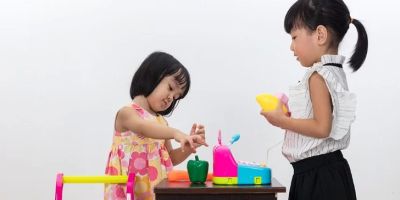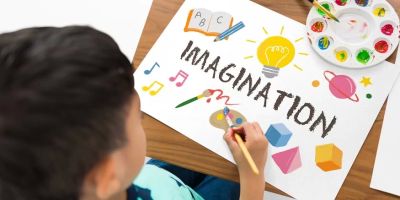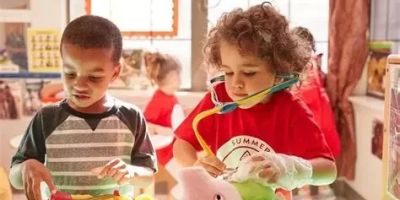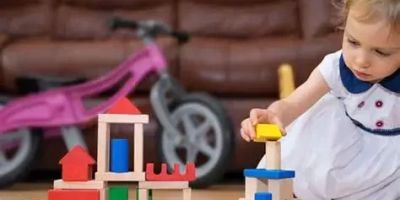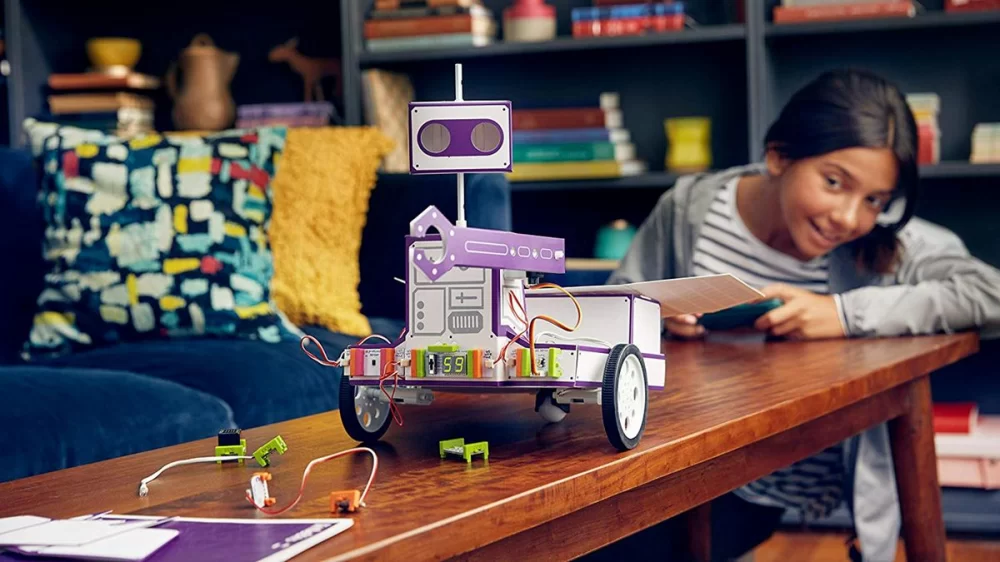
A Look at the Top Educational Toys of 2025
As a passionate advocate for children's development and learning, I’ve always had a keen interest in educational toys. Over the years, I’ve explored various options that not only entertain but also enhance the skills of young minds. In 2025, the world of educational toys has taken a massive leap forward, offering tools that combine technology, creativity, and real-world learning experiences. Here's a look at some of the most innovative and popular educational toys that are making waves this year. I’ll also share my personal experiences with these toys to give you an inside view of their true impact on children’s learning.
1. Interactive Learning Robots
Last year, I had the chance to introduce my niece to an interactive robot named CodeyBot for her eighth birthday. Initially, she approached it with a mix of excitement and hesitation. I remember her looking at the robot with wide eyes, unsure whether it would function as expected. After a few moments of watching it try to follow commands, she started to engage more. CodeyBot, a programmable robot, quickly became a favorite educational tool for her. It introduces children to the basics of programming through simple tasks, like moving in specific directions and even dancing to programmed beats. CodeyBot's adaptability makes it an ideal choice for young learners, and my niece quickly grasped the logic behind programming—something I never expected her to do so easily!
One of the things I appreciate most about CodeyBot is its ability to grow with the child. As she mastered the basics, I could see her confidence in programming grow. She began experimenting with more complex commands, and soon, the robot was following intricate sequences of moves. It was a moment of real achievement for both of us. CodeyBot is not just a toy; it's a learning companion that encourages children to explore the world of logic and programming in a fun, engaging way.
2. Augmented Reality Kits
When I first encountered augmented reality (AR) kits, I was skeptical. Could a toy really engage kids in learning while offering such a futuristic experience? But once I got my hands on one of the latest AR science kits, my doubts vanished. I opened the kit and started exploring an AR app with my nephew, who is an avid fan of astronomy. The kit included a virtual solar system map that appeared on the living room floor as if we had transported to space. As we "touched" the virtual planets and moons, we learned facts about their sizes, distances, and characteristics.
What amazed me most was how immersive the experience was. We could zoom in on Saturn's rings, for example, and explore them in three-dimensional space. The kit made learning about space and planets incredibly engaging and interactive. It wasn’t just about reading a book or watching a video—this AR kit brought the solar system to life in our living room. For children who are curious about science, this type of learning tool offers an entirely new level of excitement and engagement. AR kits like these are transforming the way children learn about subjects like astronomy, biology, and even geography. They create a more dynamic learning environment that traditional methods simply can't match.
3. Dynamic Building Sets with a Twist
Building sets are nothing new in the world of educational toys, but in 2025, these sets have evolved in remarkable ways. I remember spending hours with my son last year working on a new building set that combined traditional blocks with elements of robotics and engineering. The set allowed us to construct models like cars, robots, and even cranes, but with a twist. The final product wasn’t just a static model—it was a functioning piece of engineering. As we connected gears, motors, and sensors, the models came to life, performing tasks like moving, lifting objects, or even responding to light or sound.
These dynamic building sets encourage children to think like engineers. The creative possibilities are endless, and what I love about them is that they allow children to apply the principles of physics and engineering in a hands-on way. My son and I worked together to build a robot that could follow a line on the floor, and it was such a rewarding experience to see our creation come to life. These sets are perfect for fostering critical thinking and problem-solving skills. Children learn not just how to build, but how to innovate and think creatively about the projects they’re constructing.
4. Learning Through Virtual Reality Experiences
While AR kits provide an immersive experience in the physical world, virtual reality (VR) offers a completely different dimension. I was particularly impressed by a new VR learning game that allowed children to explore ancient civilizations. With VR goggles on, my daughter and I "traveled" to ancient Egypt, walking through the pyramids and learning about the history of the pharaohs. The experience was so lifelike that it felt like we were truly there. VR enables children to explore history, art, and even language in ways that are simply impossible with traditional teaching methods.
What’s particularly impressive about VR learning experiences is how they make complex subjects accessible to children. My daughter, who had always been fascinated by history but struggled to engage with textbooks, became completely engrossed in the VR experience. She didn’t just learn facts—she became part of the story. That level of immersion is a game-changer in educational toys, and it shows just how far technology has come in supporting children’s learning experiences.
5. Coding and STEM Toys
Another area that has gained traction in 2025 is coding and STEM (Science, Technology, Engineering, and Mathematics) toys. These toys are designed to teach kids the fundamentals of coding, robotics, and problem-solving. I recently gave my son a STEM kit that allowed him to build a simple robot and then program it to perform specific tasks. At first, he found the concept a bit tricky, but as he solved each puzzle and watched his creation come to life, he gained a sense of accomplishment.
These STEM toys have been designed to make learning fun and accessible. They come with easy-to-follow instructions and engaging challenges that teach children the logic behind coding and the principles of engineering. By playing with these toys, kids develop essential skills for the future, including creativity, critical thinking, and perseverance. What I love about these kits is that they provide a hands-on experience that traditional learning tools can’t match. My son is now more interested in coding than ever before, and I can see how these toys are laying the foundation for his future success.
As we move forward into 2025, the world of educational toys continues to evolve, offering new and exciting ways for children to learn. Whether it’s through interactive robots, AR kits, or dynamic building sets, these toys are more than just playthings—they are valuable tools that foster creativity, problem-solving, and a love of learning. I’m excited to see what the future holds for educational toys, and I look forward to exploring even more innovative products in the years to come.

